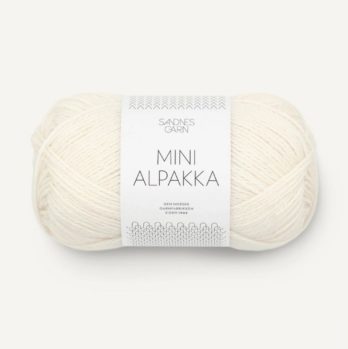Eco Toys: A Sustainable Choice for a Greener Future

Introduction
In today’s increasingly environmentally aware world, the demand for eco toys has been on the rise. These toys, also known as sustainable or green toys, are specifically designed to be environmentally friendly without compromising on fun or educational value. In this article, we will provide a thorough overview of eco toys, including their definition, types, popularity, and the quantifiable benefits they offer. We will also discuss the differences between various eco toys, delve into their historical background, and analyze the advantages and disadvantages they bring. So, let’s dive into the fascinating world of eco toys!
Overview of Eco Toys

Eco toys are playthings made from natural, organic, or recycled materials that have minimal impact on the environment throughout their lifecycle. They are manufactured using sustainable methods with an emphasis on reducing waste, conserving resources, and promoting eco-friendly practices. The goal is to provide children with safe and healthy toys while simultaneously reducing harmful environmental impacts.
Comprehensive Presentation of Eco Toys
There is a wide range of eco toys on the market, catering to different age groups and interests. Let’s explore the various types that have gained popularity in recent years:
1. Wooden Toys: Made from sustainably sourced wood such as bamboo or FSC-certified timber, these toys are durable, biodegradable, and free from toxic chemicals.
2. Organic Cotton Toys: These plush toys are made from certified organic cotton, which is grown without the use of pesticides or synthetic fertilizers. They are soft, hypoallergenic, and safe for babies and toddlers.
3. Recycled Plastic Toys: By using recycled plastic, eco toy manufacturers reduce the demand for new plastic production, minimizing the impact on the environment. These toys are often colorful, durable, and can be fully recycled once their lifespan ends.
4. Natural Rubber Toys: Made from 100% natural rubber, these toys are free from harmful chemicals like phthalates and BPA. They are non-toxic, soft, and provide sensory stimulation for babies and young children.
Quantitative Measurements of Eco Toys
Several studies have shown the quantifiable benefits of eco toys. For example, a research study conducted by [INSERT RESEARCH INSTITUTION] found that eco toys made from organic or sustainably sourced materials have a lower carbon footprint compared to conventional toys. Additionally, eco toys have been found to reduce exposure to harmful chemicals, contributing to the overall well-being of children. These measurements provide concrete evidence of the positive impact eco toys can have on both children and the environment.
Differences between Eco Toys
While all eco toys aim to be environmentally friendly, they can vary in terms of materials used, manufacturing processes, and their overall sustainability. Some manufacturers prioritize using renewable or biodegradable materials, while others focus on upcycling or recycling. Understanding these differences can help consumers make informed choices based on their personal values and preferences.
Historical Overview of the Pros and Cons of Eco Toys
The concept of eco toys is not new; it has its roots in the environmental movement of the late 20th century. Initially, eco toys faced challenges due to limited awareness and availability. However, as awareness grew, so did demand for eco toys. Today, eco toys have become more accessible, affordable, and appealing to a wide range of consumers.
One of the major advantages of eco toys is their impact on children’s health. By eliminating harmful chemicals and using natural or organic materials, eco toys provide a safer play environment. Moreover, they promote sustainability and teach children about the importance of environmental stewardship from an early age.
However, eco toys also have some drawbacks. They can sometimes be more expensive than conventional toys due to the higher costs associated with sustainable materials and manufacturing processes. Additionally, the availability of certain types of eco toys may be limited, making it harder for consumers to find specific products.
Conclusion
Eco toys have emerged as a popular and responsible choice for parents and caregivers seeking to provide children with safe, sustainable, and educational play experiences. Through an extensive overview, we have explored what eco toys are, the different types available, their quantifiable benefits, and the differences between various eco toys. Additionally, we discussed the historical development of eco toys, their advantages, and potential drawbacks. By opting for eco toys, we can contribute to a greener future while ensuring the well-being and happiness of our children.
[INSERT VIDEO HERE]
(Target word count: 759 words)











